Danelectro Tolex Body Binding
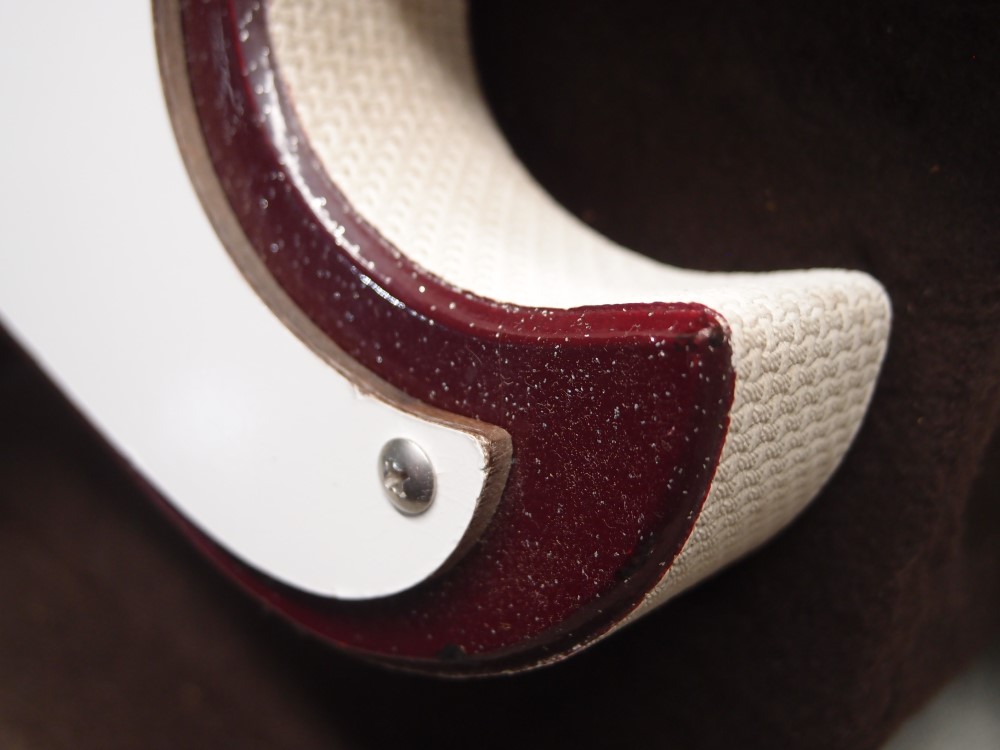
Tolex side binding is something that is particular to Danelectros. I love it. There are many good points to using Tolex side binding:
- It reduces your finishing job from three dimensions to two - you only need to finish the front and back, any finish that gets on the sides will have to be sanded off.
- It looks great, and you have as many inexpensive choices as you can find at your local fabric store, Walmart, online, etc. I have found a terrific selection of colors and patterns at Hobby Lobby.
- It provides the guitar with bump-proof sides that resist dings and scratches. It also provides a grippy surface that stays on your knee.
- It is easy.
Let me qualify that last item: It is easy if you know how. Details on making the binding strips may be found under Templates & Jigs.
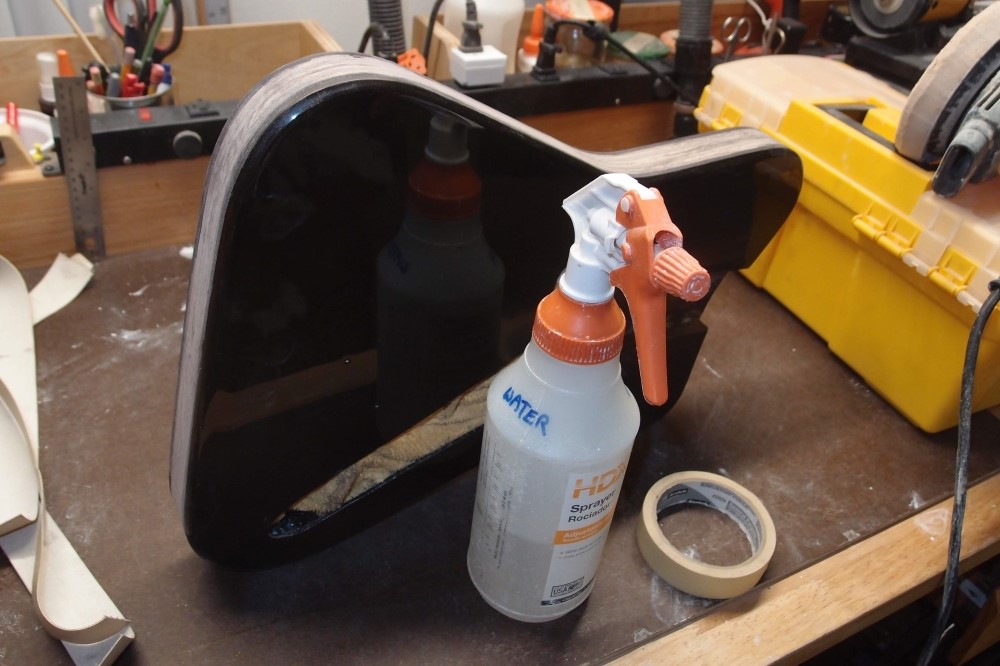
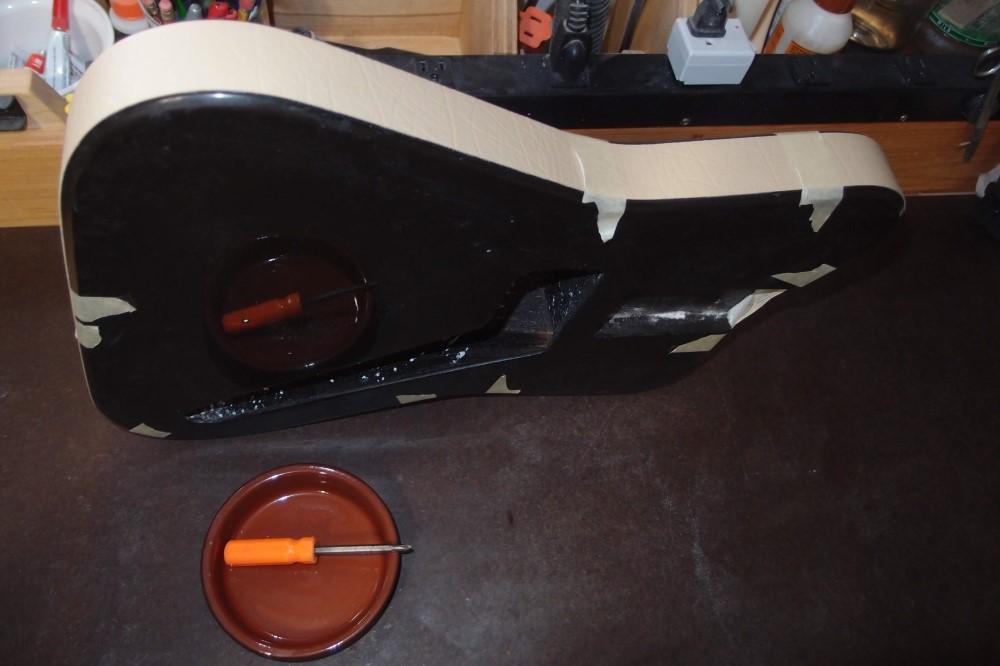
To attach the binding, sand the body sides down to bare wood and dress the edges however you like. Glue the Tolex on with water-based wood glue. Do not use a solvent-based glue such as contact cement - the solvent will attack the Tolex and in a year the whole job will pull apart. Apply the glue to both surfaces to assure complete coverage.
Do not pull on the binding as you apply it, leave it as loose as you can without wrinkles. Tape up inside contours, and press everything on firmly. You can use a small can as a roller. The glue will grab within minutes. Wipe away any excess with a damp rag, making sure to pull up your tapes and wipe under them before the glue dries.
To mate the ends of the Tolex, you can carefully trim with scissors, or overlap the pieces and cut with a razor to make a butt joint. Or you can overlap the ends. I place the joints either under a strap button or under a jack plate. Trim out the neck pocket with a razor.
To dress the bare masonite edges, I seal them with brush-on polyurethane. You can color them first with a Sharpie pen. I find that a flat 45-degree bevel, as on vintage Danelectros, works much better than a round-over.
Some projects with Tolex side binding:
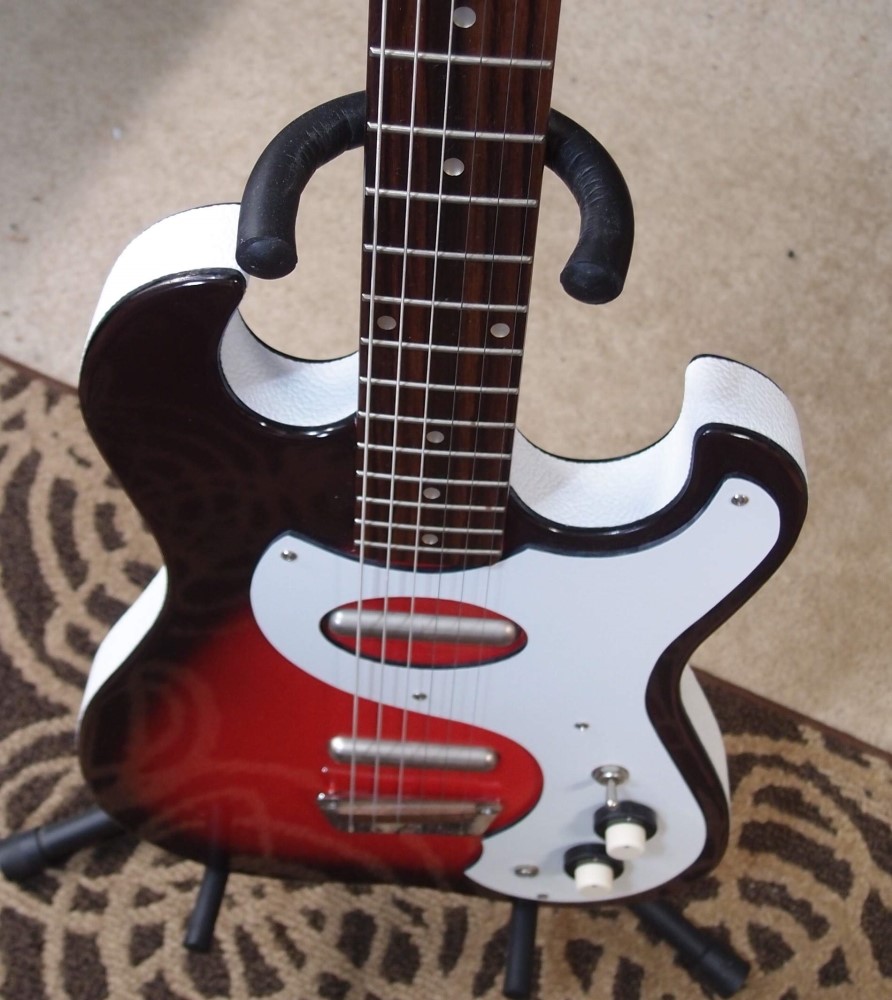
As binding jobs go, this is the one from hell. See how the horns actually curve back on themselves?
A year or two ago, I re-did this with a 'super' adhesive called E6000. A smelly, messy job, and still failed over time. The E6000 was strong, stronger than the Tolex, as evidenced by the fact that the old binding came off in pieces. But it still pulled out in the horns, and also made the edges of the Tolex curl, which was more than just unattractive.
I didn't time it, but this job went about 90 minutes. That includes:
- loosen the strings and pull the neck
- pull the strap buttons
- pull the old binding
- sand the body edges to bare wood
- blacken the edges
- glue on the new binding & trim the ends
- find the screw holes with a pin & reinstall the strap buttons
- clean & polish the body, oil the fretboard
- reinstall the neck & re-tune
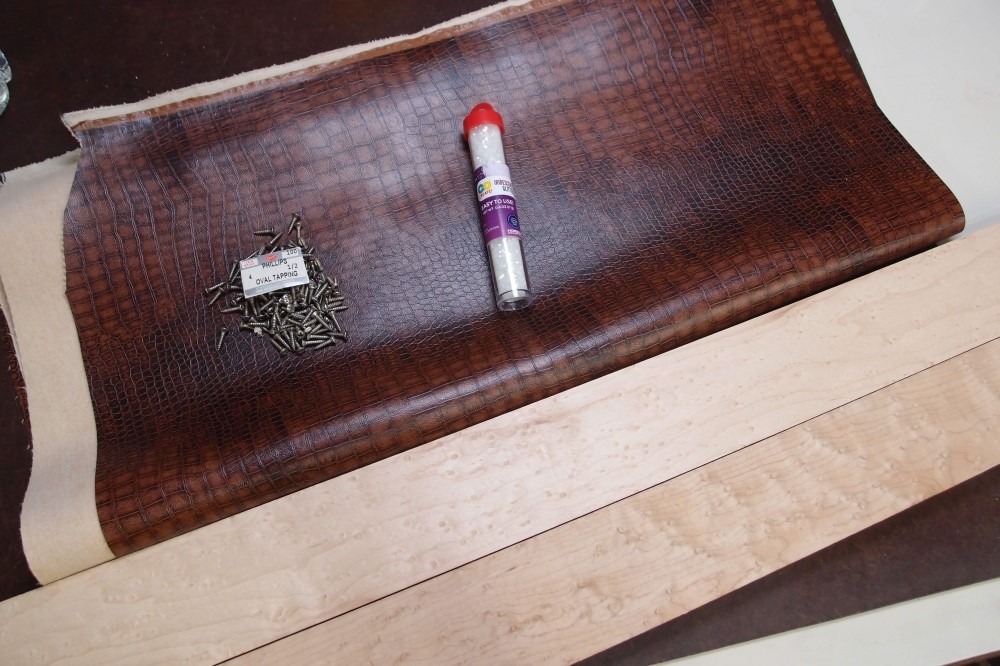
Stopped at Walmart, and got half a yard of snakeskin Naugahyde, four dollars, and while I was looking for that, I found this 88 cent tube of sparkles. Wonder what I could do with those? They had lots of other colors too. Is that snakeskin or alligator? I don't know, but at any rate, no animals were harmed ...
Hobby Lobby has a wide selection of useful materials as well, as would any good cloth store.
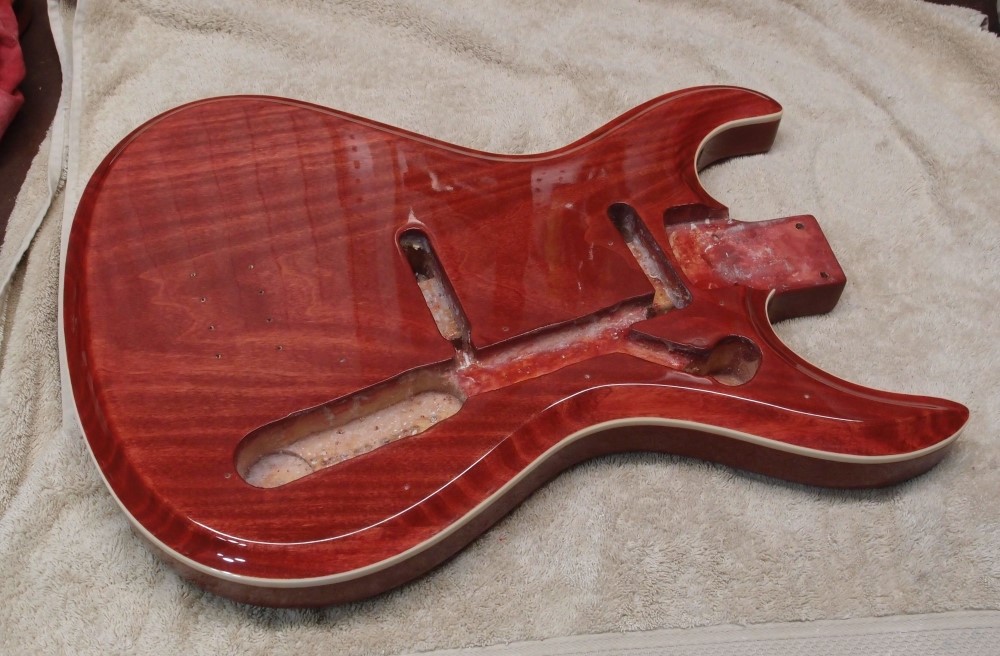
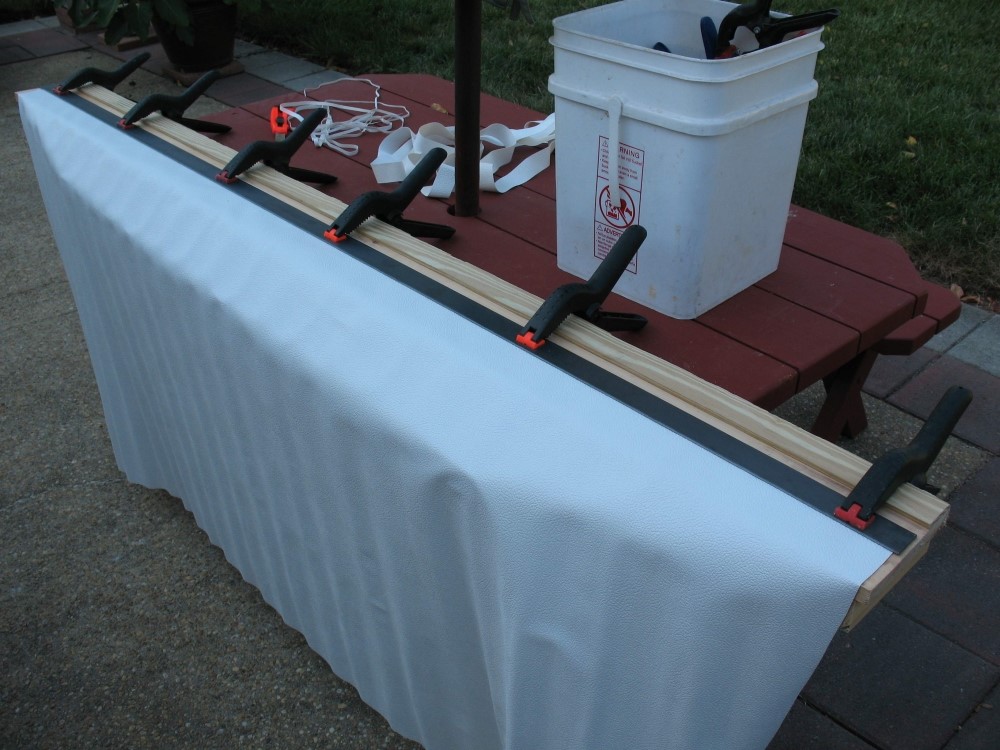




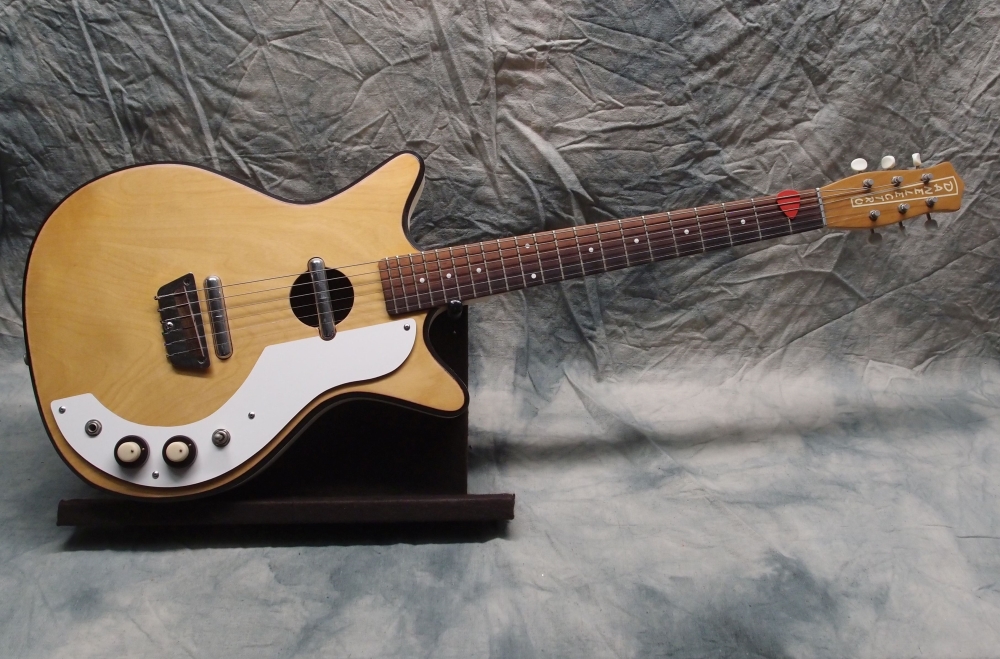
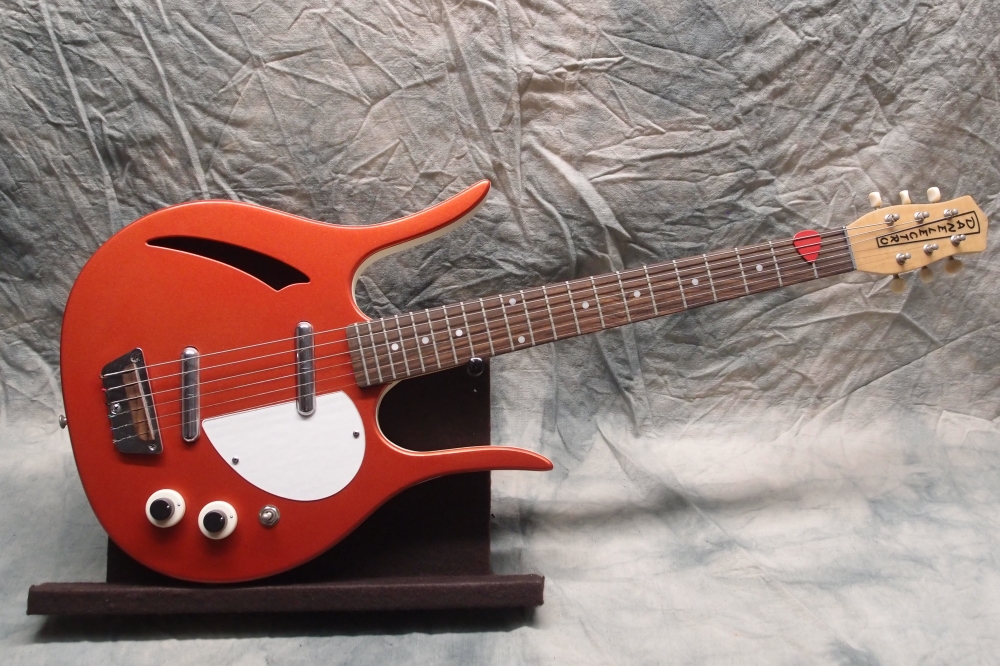
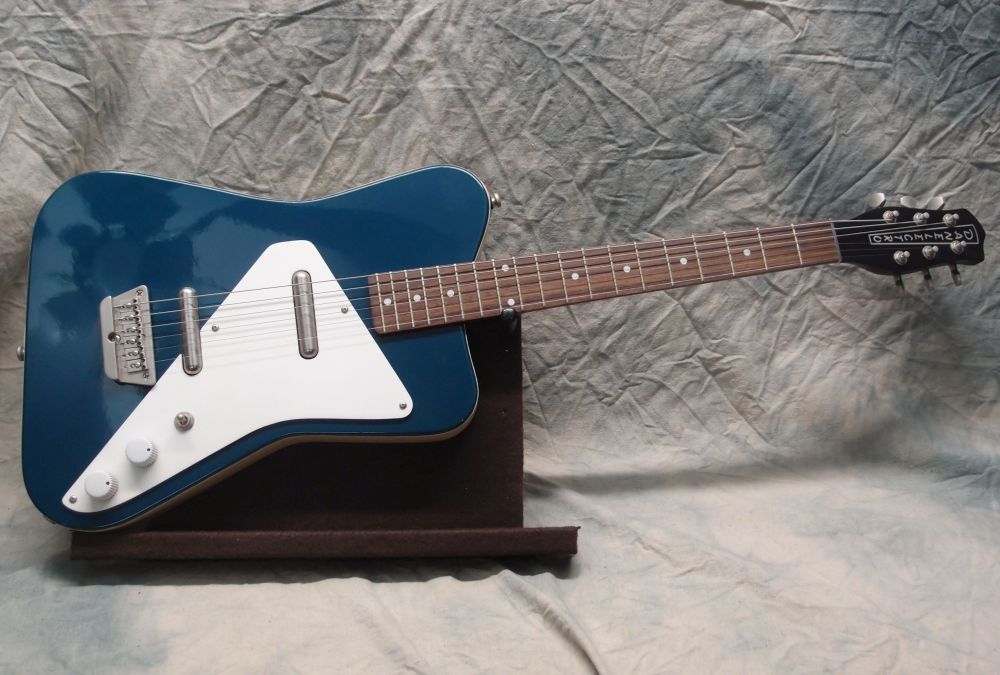

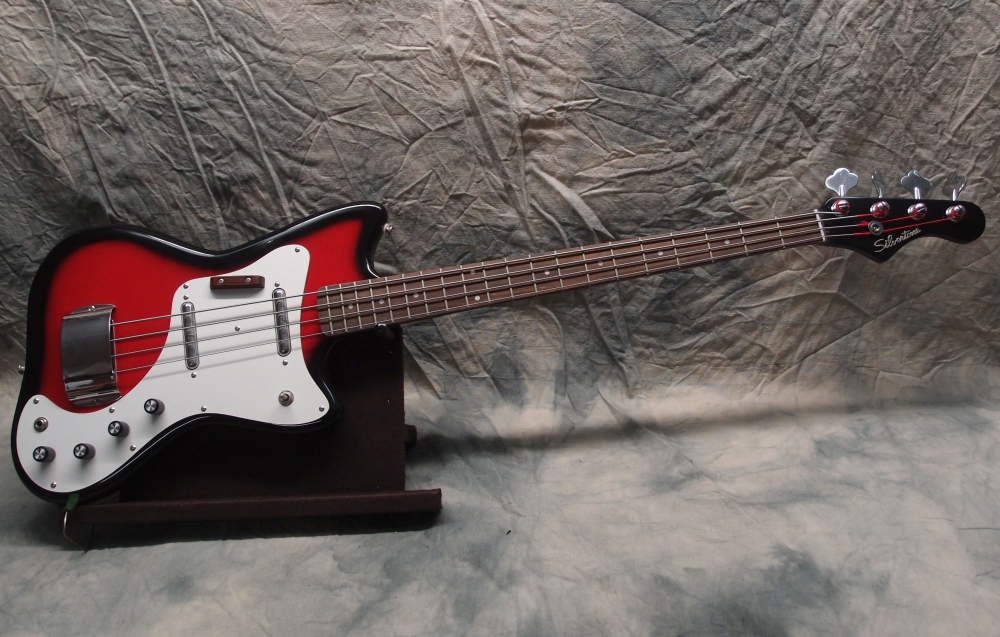
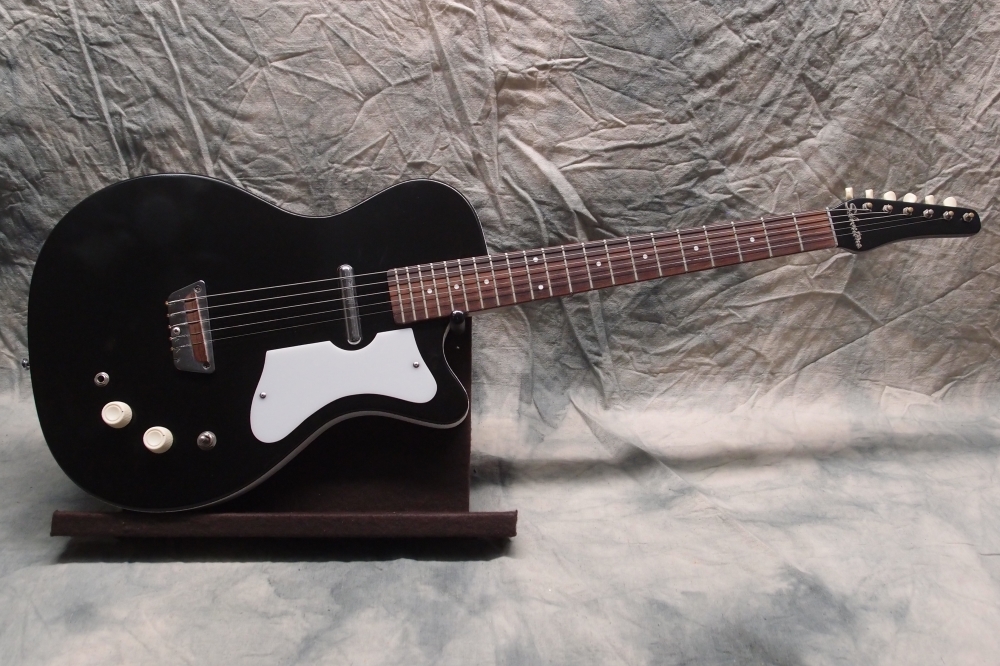
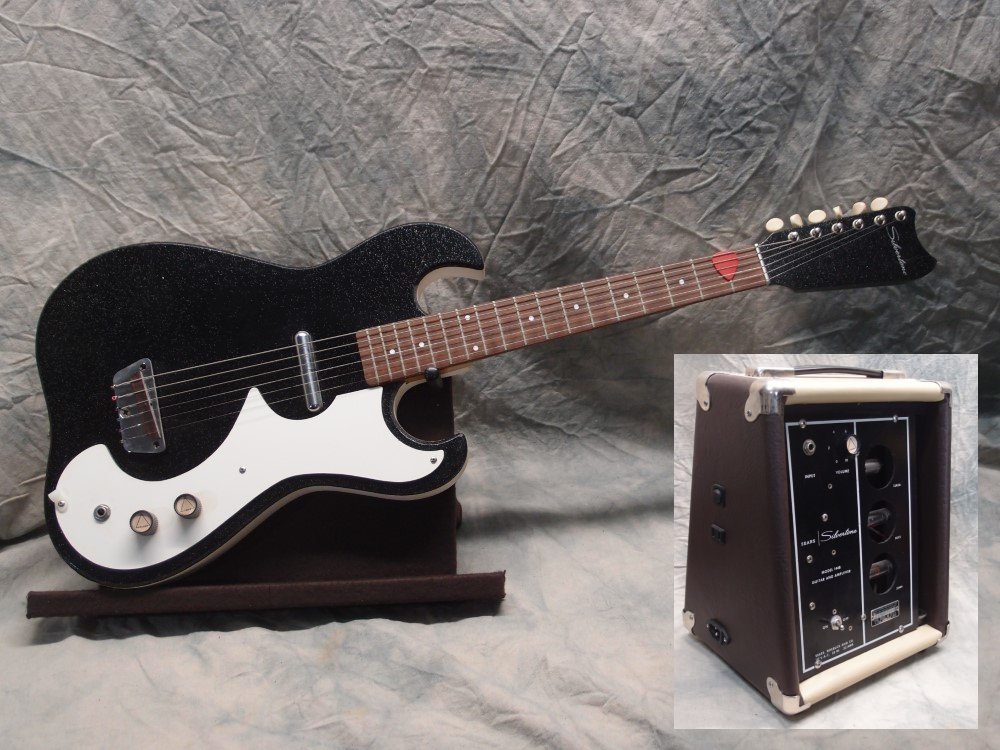
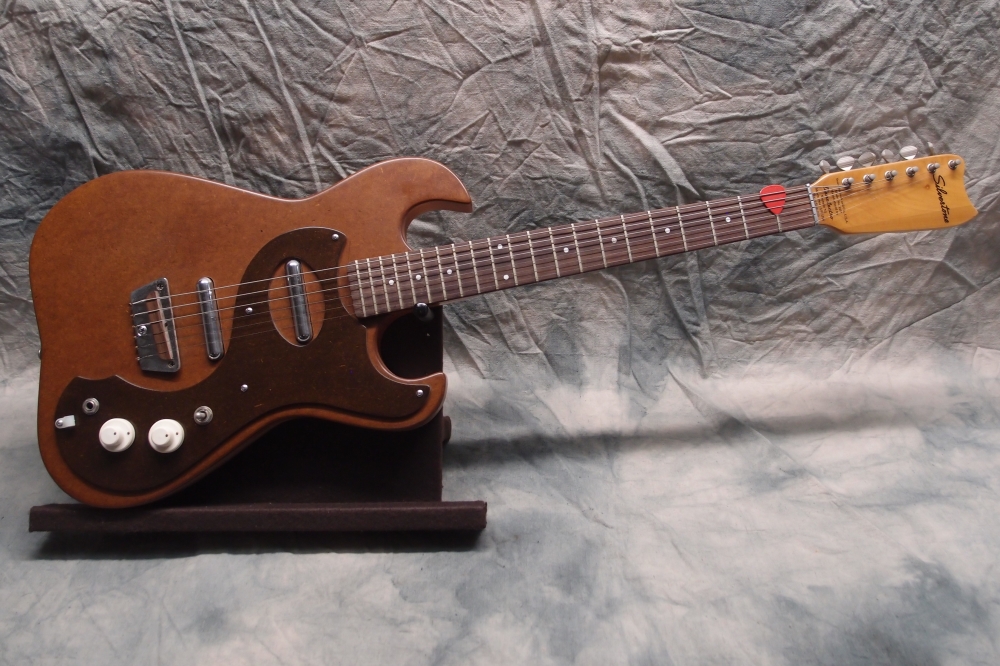
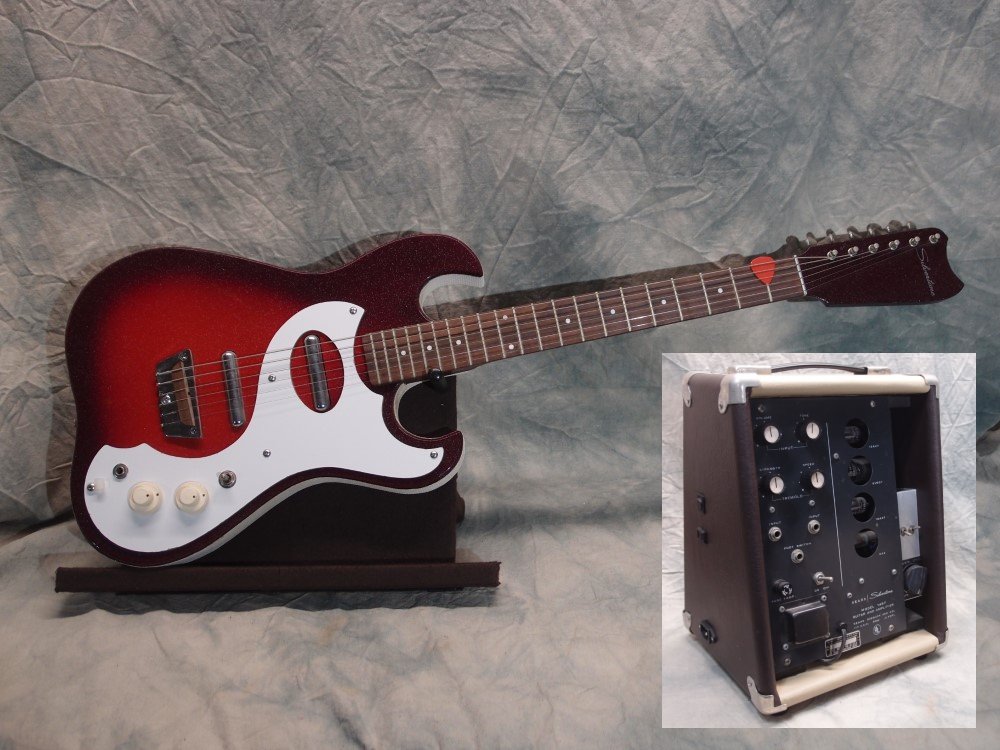

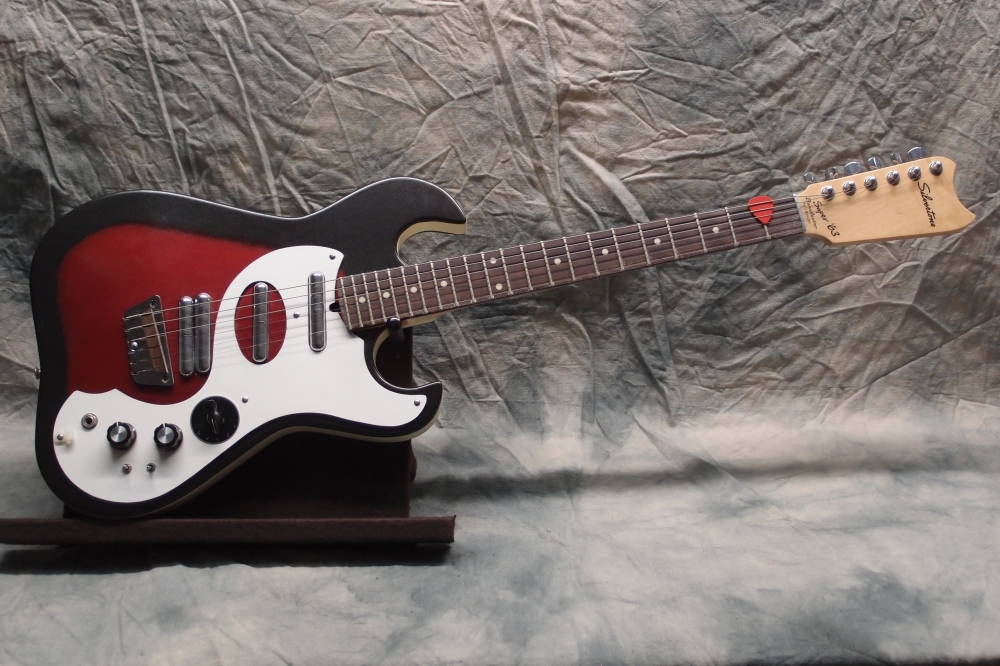
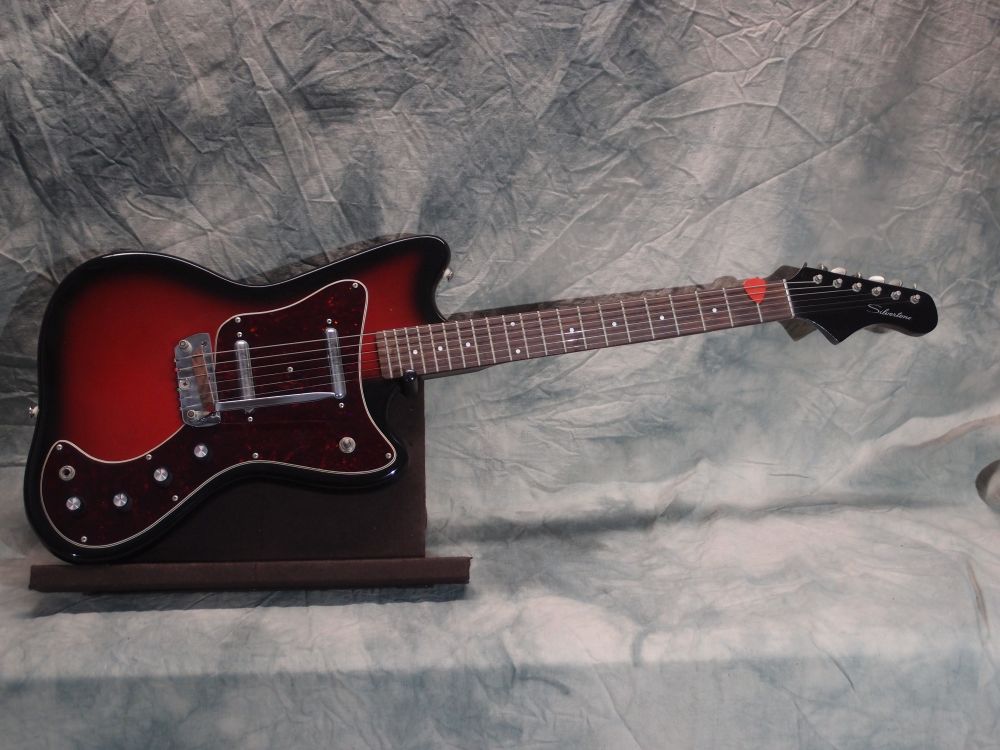
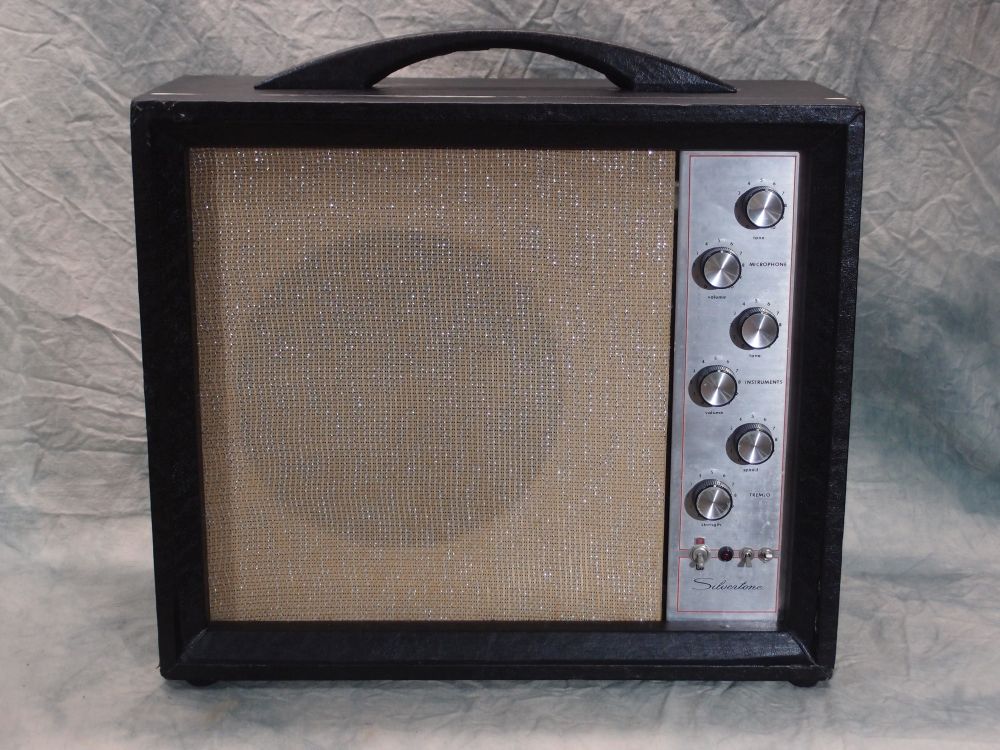

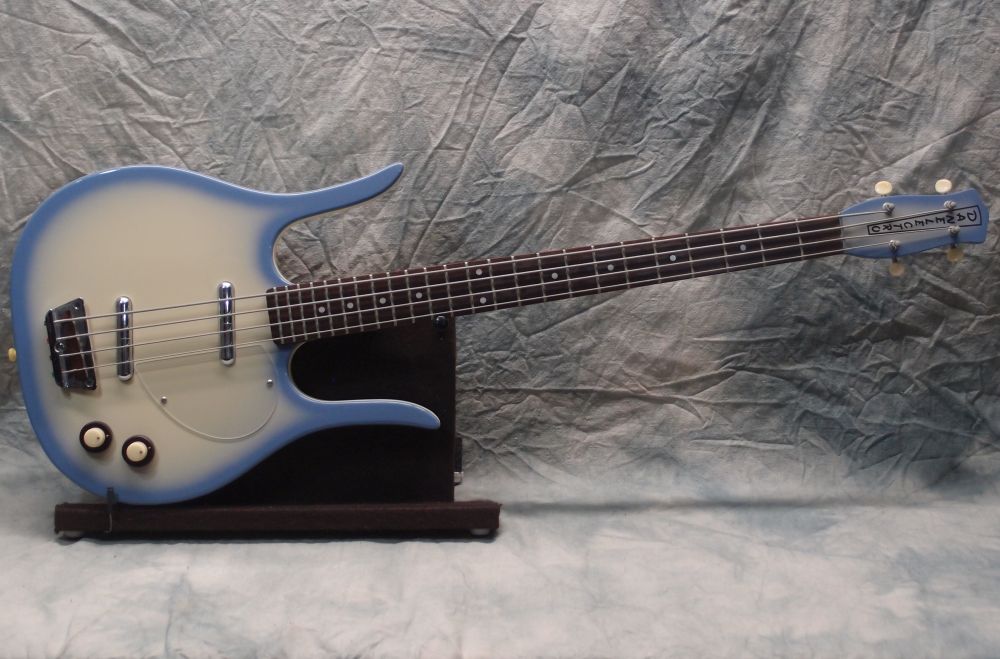
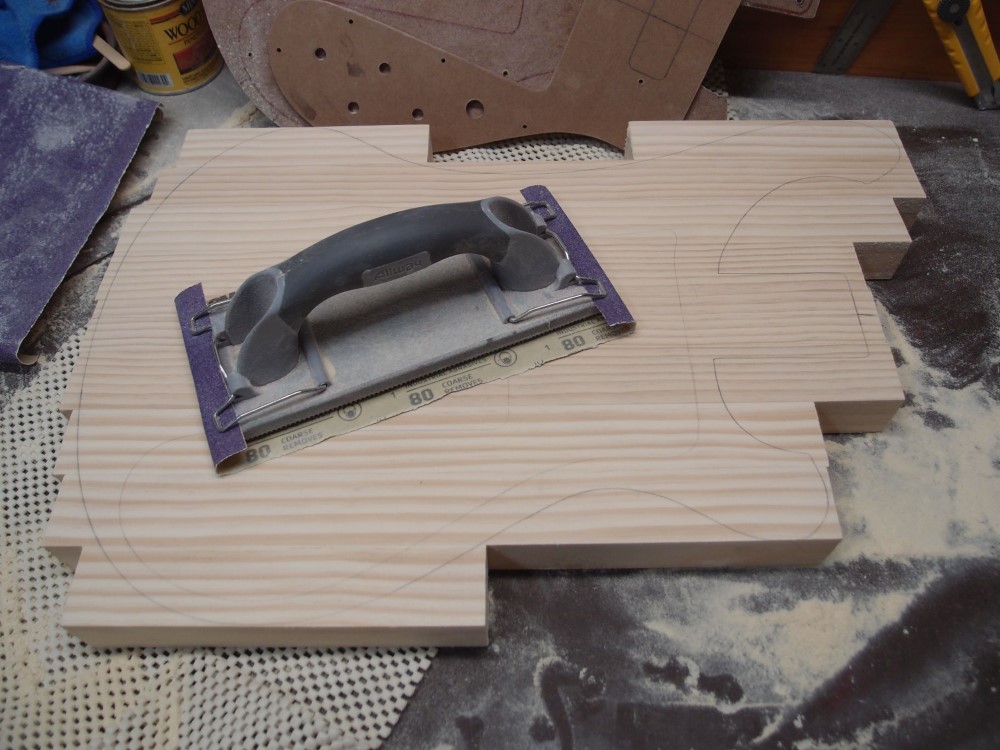
steve esposito:
December 18, 2024 at 2:54 PM
What is the best way to keep Tolex binding on a Dano clean and if it is dirty best way to clean it
alder:
December 21, 2024 at 1:08 PM
I use an old toothbrush and a little warm soapy water.